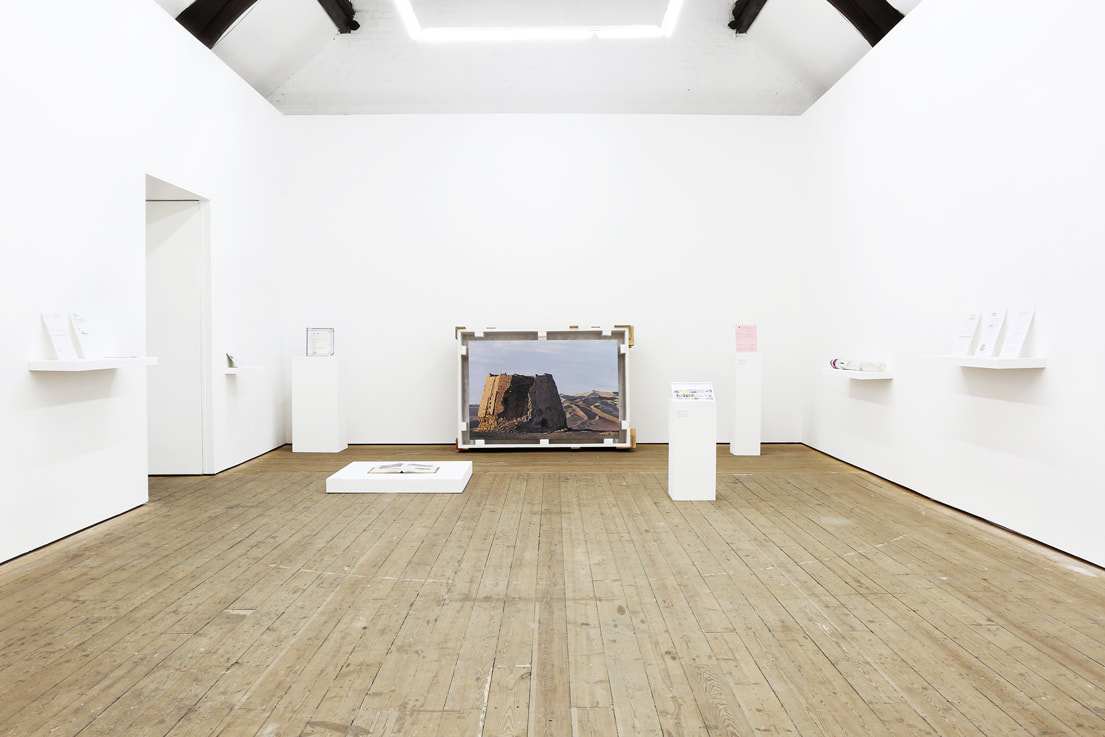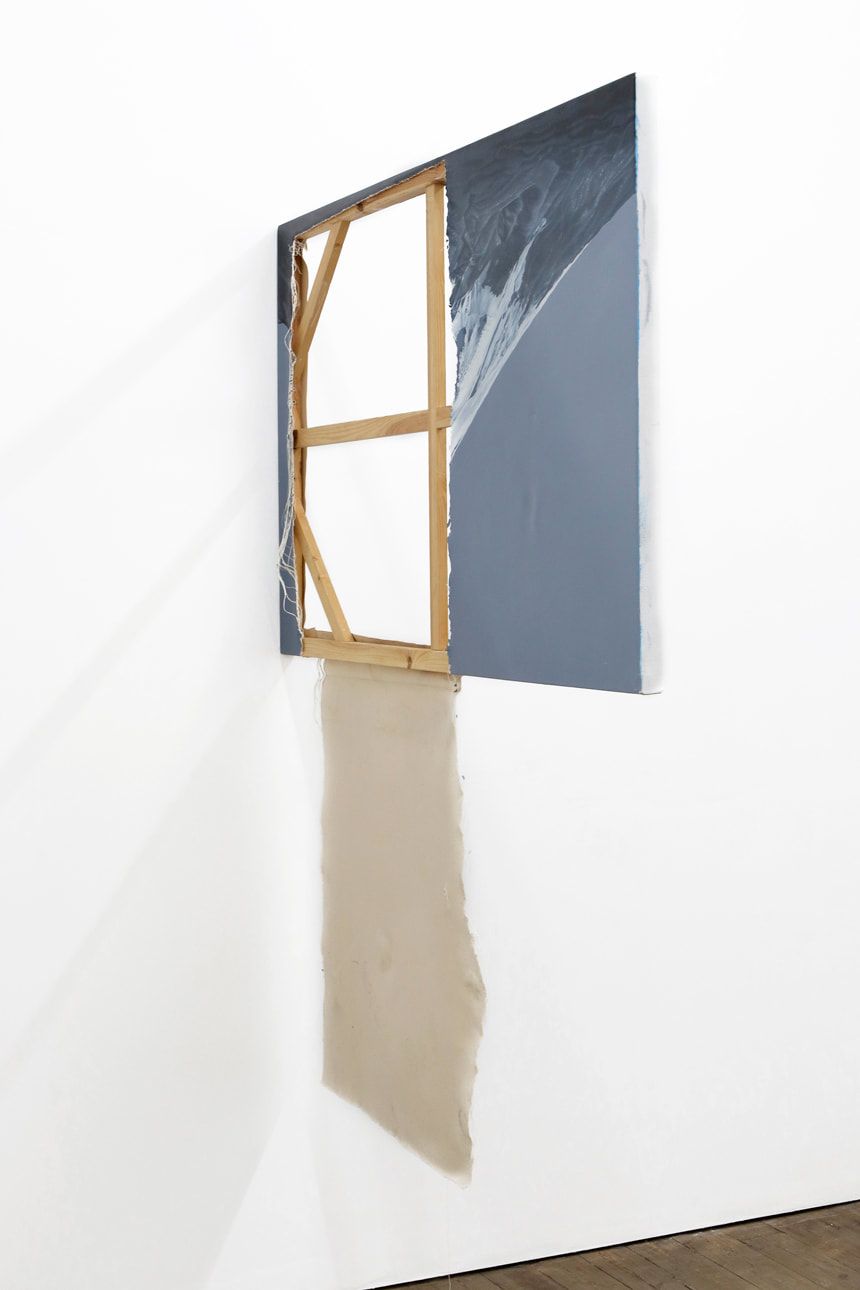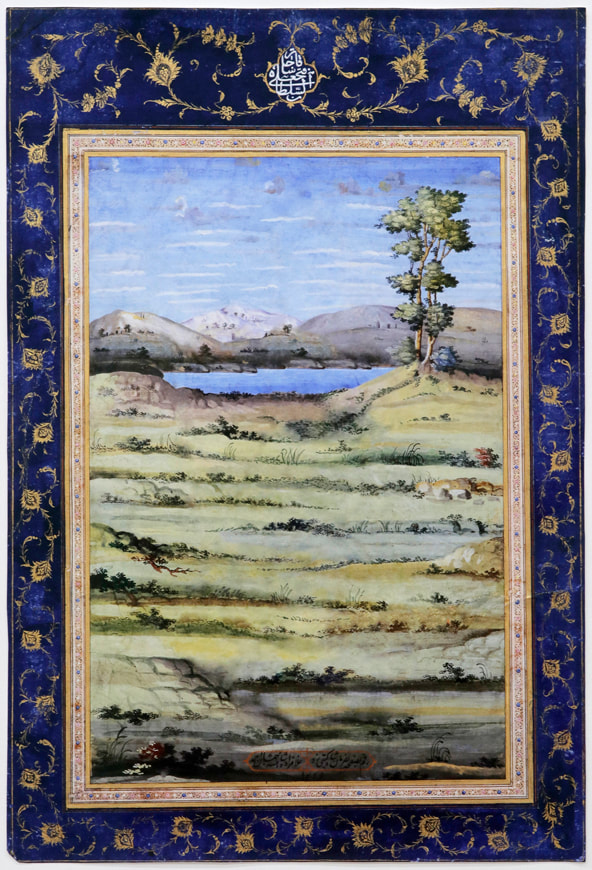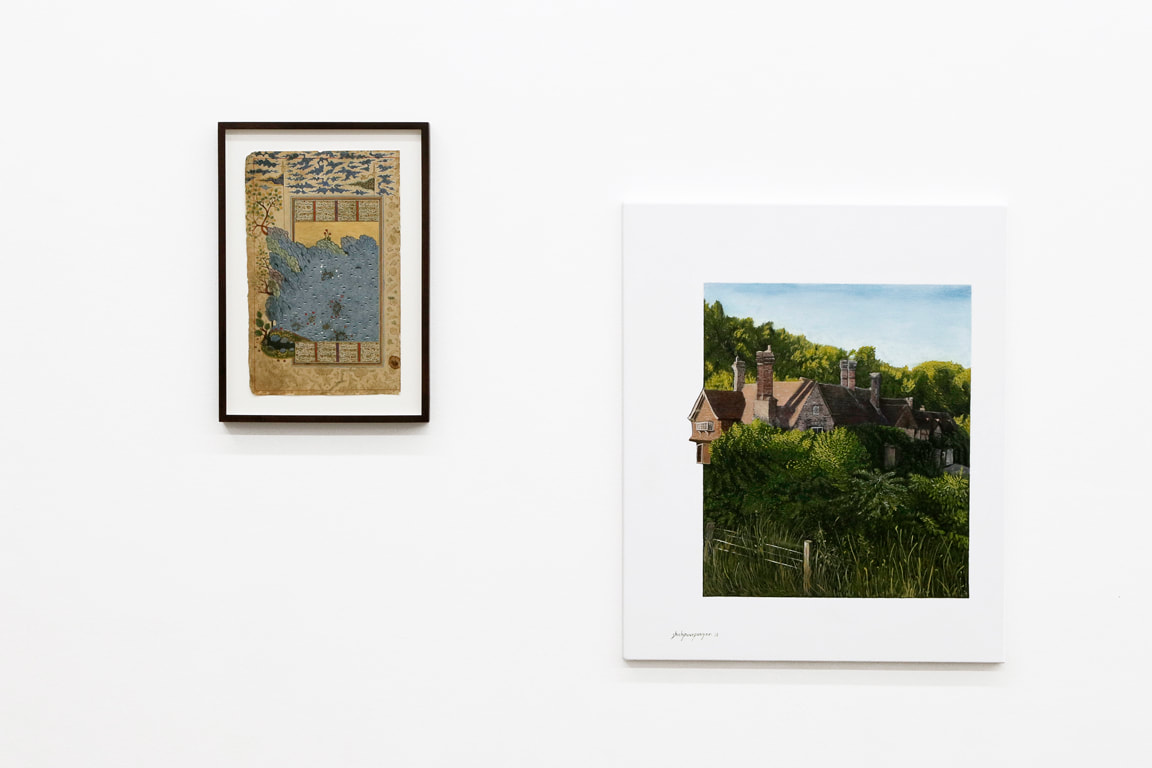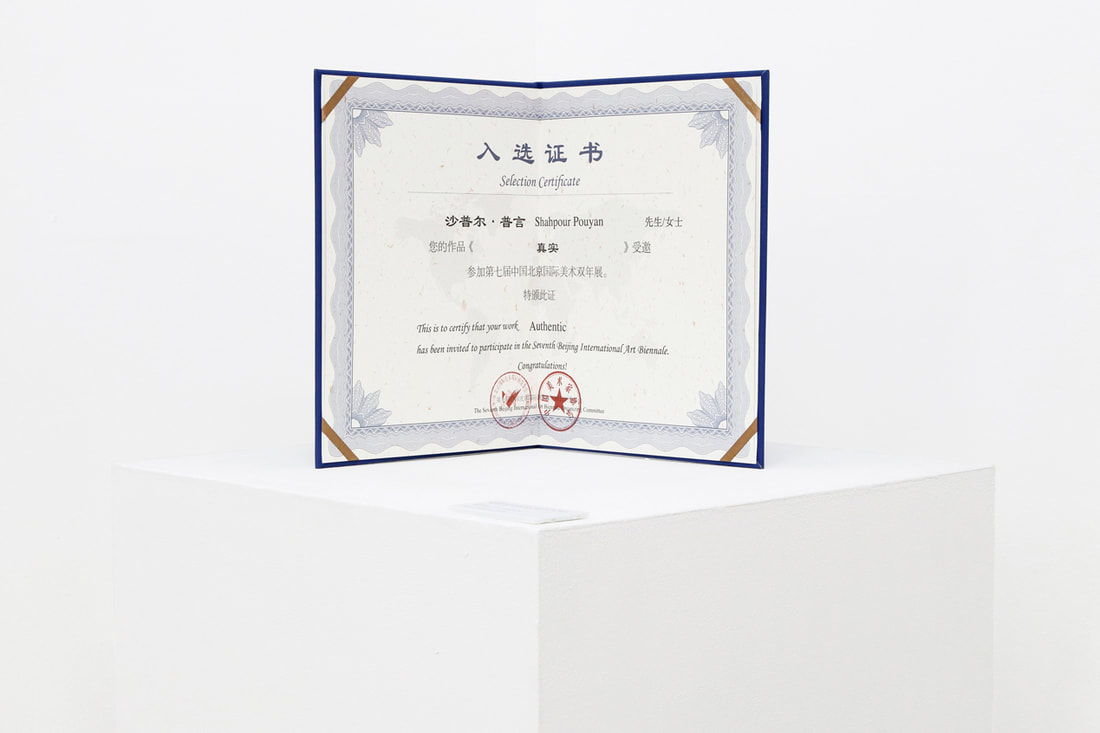|
|
Copperfield Gallery is pleased to present the second solo exhibition of New York based, Iranian artist Shahpour Pouyan.
Titled, Wūshuǐ, the exhibition makes the unlikely connection between political ideologies and representations of the landscape. Across cultures and history, the landscape has been represented in painting, drawing and photography but is by its nature nearly always considered innocuous. When a landscape is painted by Winston Churchill, used as a symbol of national pride or mislabelled however it can become more divisive. The exhibition title Wūshuǐ – meaning polluted water – is a bastardization of the Chinese phrase Shan Shui or ‘mountain water,’ a style of landscape painting in Taoist painting tradition that refers to ideas of purity. Through this lens Pouyan draws connections across history and cultures to create a series of works that stand as laden metaphors. Part painting, part installation, Damavand was inspired by an imposing billboard outside Tehran airport which welcomes travellers to Iran with patriotic slogans. At first glance, the background of the billboard design appeared to be Mount Damavand, the highest peak in Iran. Upon closer inspection, however, Pouyan discovered the billboard designer had used an image of Mount Fuji, Japan’s highest mountain, by mistake. As the tallest mountain in the Middle East, Mount Damavand is an important setting for Persian mythology and folklore as well as an important national symbol. The confusion and conflation of Persian and Japanese icons served as inspiration for Shahpour’s work, which depicts the “mistaken” mountain from the billboard in a western style akin to Gerhard Richter. Pouyan paints the mountain upside down, staging it as a valley, with all the metaphorical potency of that gesture. In a final nod to the slipperiness of meaning and images in the hands of ideology, Pouyan rips open his finished painting allowing the mountain to become a peak once more. After: "Portrait of Fath Ali Shah Qajar”, 2018, is an appropriation of a Persian painting from the 19th century. Historically, Persian painting was done only in the service of narrative and landscape did not exist as a genre. Here Pouyan explores the politicised use of Persian miniatures and continues his on going interest in imagining what a Persian landscape genre might have looked like. The original miniature shows a flattened depiction of the Shah in the usual style but placed within the western style depth of a spatially defined landscape that extends around him. This mixed presentation of influence on power – or even power under duress – is highlighted by Pouyan in the removal of the Shah in a painstaking reworking of the original; as if the English Empire’s presence in 19th century Iran had somehow swallowed him. While it is widely known that Churchill was an ardent British nationalist, it is a lesser known fact that he was an avid landscape painter in his free time, beginning in 1915 with what is believed to be his earliest work depicting Hoe Farm, his home in Surrey. Researching and locating this view once more, Pouyan subverts Churchill’s vision in Sunday Painting by depicting this loaded British landscape in the structure of the Persian Miniaturists. Just as stylised trees overlap their ornately painted Persian frames, here the edge of Churchill’s early home breaks the boundaries of the picture plane. Authentic is a careful cataloguing, a record of process, that documents Pouyan’s participation in the international Beijing Biennial. As a recognized Iranian artist included in collections at the British Museum and the Met Museum, he was recommended by the government in Tehran to submit a painting for the Beijing Biennial. The artist felt that his participation in the Biennial had as much to do with highlighting and validating state agendas as it did with his art so he put forward a painting that he never touched, chosen from an internet search based on the Biennial’s official brief, and painted by a Chinese company. Allowing the outsourced landscape painting to be authenticated by the Biennial, the artist makes transparent the entire process and paraphernalia, re-presenting all in London under similar museological conditions as a form of anthropology; a label for the crated painting, a label for the catalogue, a label for the label. The landscape scene serves then as a metaphor and caricature for the bureaucracy and political agendas that continue to manipulate art today. Click here to see the artists CV. |
